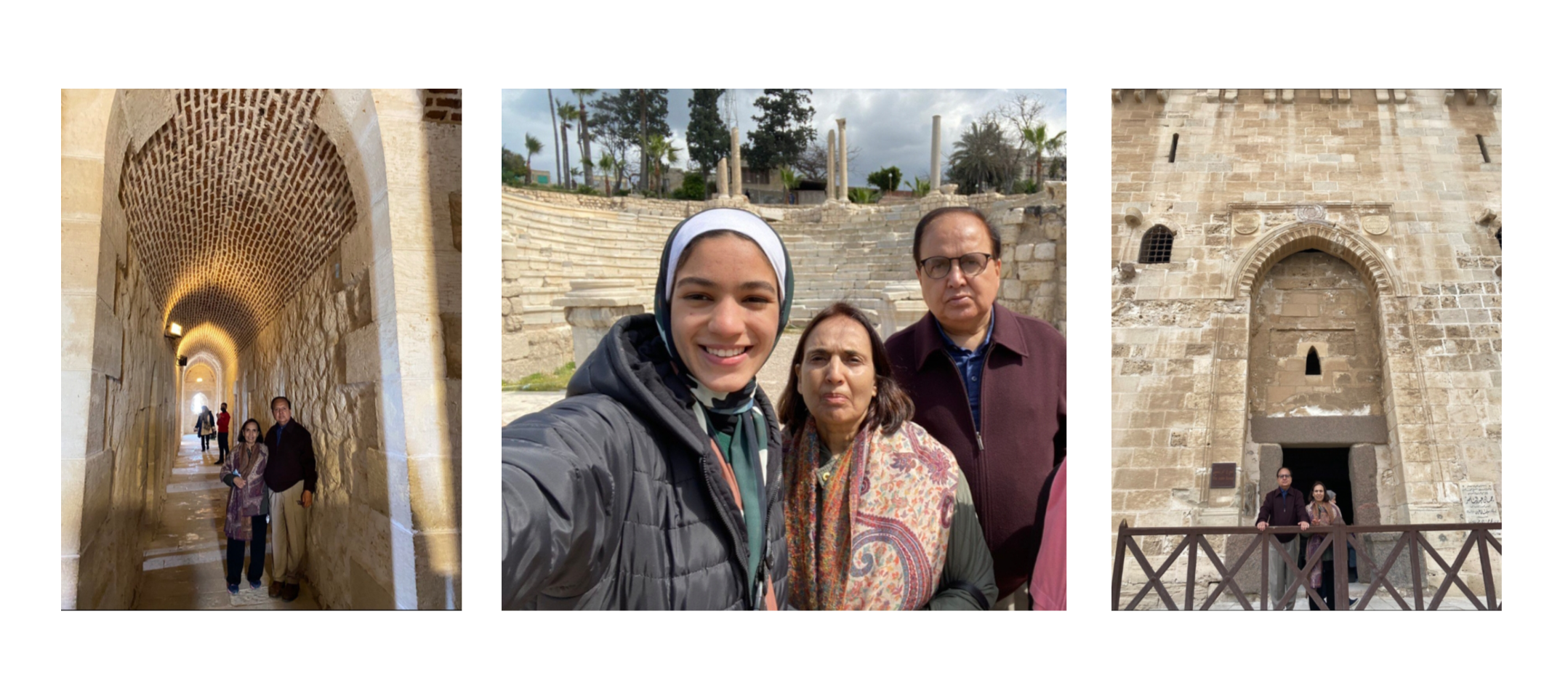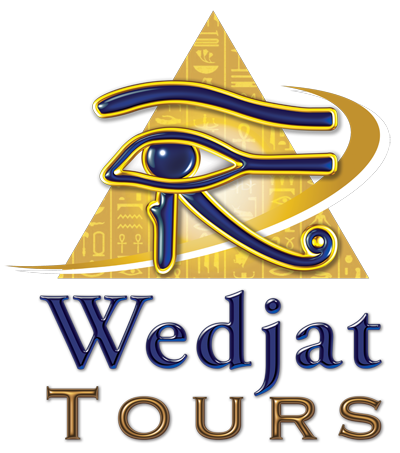Catacombs (Kom El-Shoqafa):
Also known as the hill of treasure, regarded as a huge necropolis and royal cemetery that dates back to the second century AD. The necropolis has a unique mixture of Roman, Hellenistic and pharaonic art elements reflected in the paintings on the wall, and the style of the statues, funeral objects and tombs. The archaeological site was one of the seven wonders in the middle ages.
Pompey's pillar:
One of the remarkable structures that was built during the reign of (Emperor Diocletian) in Egypt is Pompey's pillar. The column is now standing in the heart of Alexandria on top of a temple ruin's which was built during the Ptolemaic kingdom in 297 AD. The pillar's base diameter is 2.71 Meter, and was carved out of red granite brought from Aswan city. The net weight of the pillar is 285 ton and reaches 26 meter high with the base. The prime sight was built to commemorate the victory of Emperor Diocletian over an Alexandrian revolt.
Roman Theatre:
The Roman amphitheater in Alexandria in Egypt is a large circular Roman theatre, and the only one of its kind to be found in the country. Though often referred to as an amphitheater, the site is actually that of a small Roman theatre rather than a larger sporting arena.
The Ancient Roman Amphitheater Alexandria is one of most important monuments in Alexandria which is situated in Kom Edikka square, the area of Kom el-Dikka or ("Mound of Rubble") includes a small Roman theater.
Qaitbay Citadel:
Citadel of Qaitbay located in the island of pharos western of Alexandria city, was built on the old lighthouse location after it was destroyed by the earth wake, the citadel of Alexandria was named after sultan Ashraf Qaitbay who wanted to protect Alexandria city from the Ottoman Empire direct threats. Qaitbay citadel is one of top attractions in Alexandria city for its historic value and important position.





 And then Add to Home Screen.
And then Add to Home Screen.